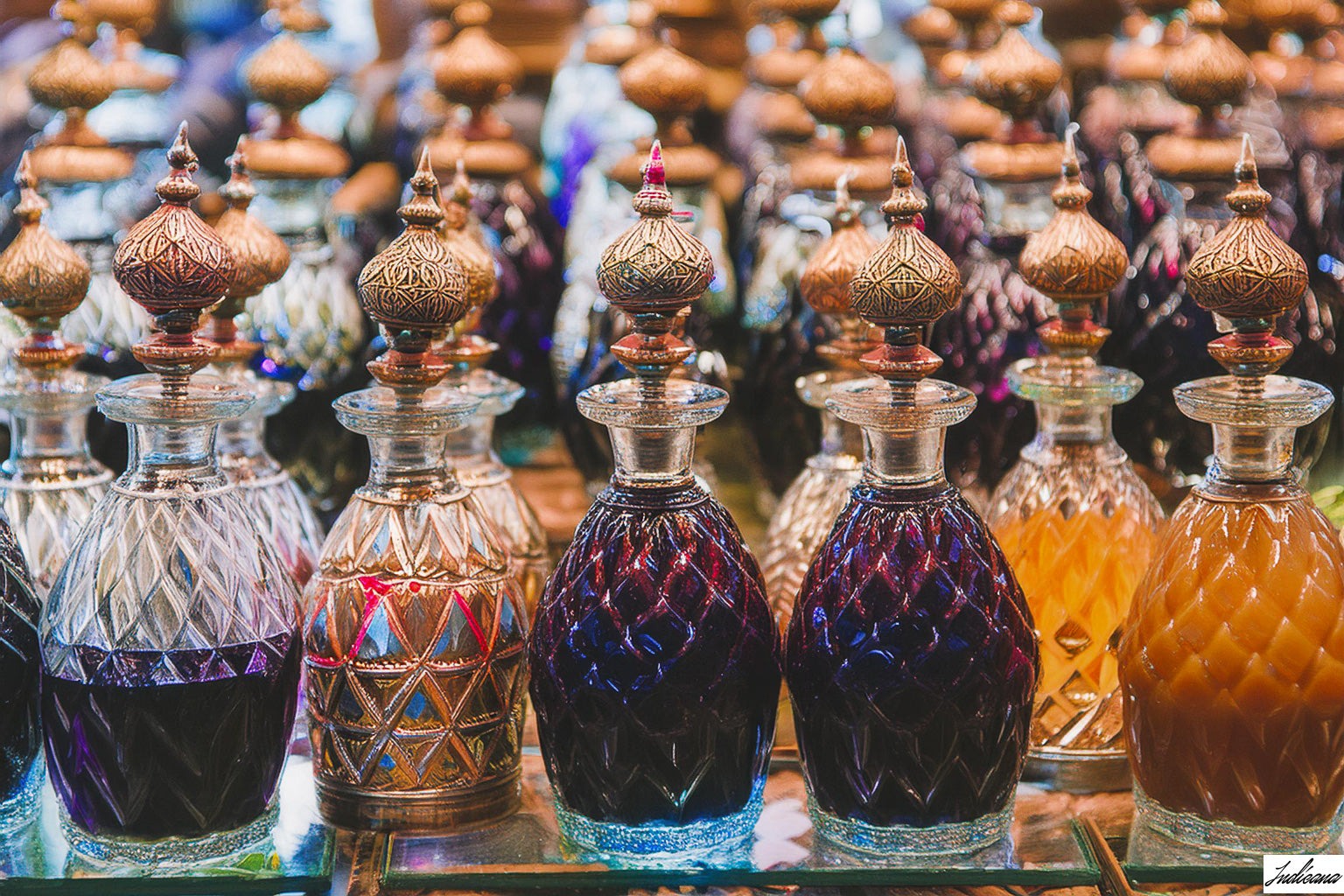
Scented Stories: The Cultural Significance of Oud Around the World
Oud is not just a fragrance, it’s a cultural legacy. Known as “liquid gold,” oud is derived from the resinous heartwood of the agarwood tree, found mainly in Southeast Asia. Its scent is rich, deep, and layered; smoky, sweet, and slightly animalic. Across continents, oud has been a key part of rituals, identity, and luxury. Today, its influence stretches from ancient palaces to modern perfume counters, revealing how scent can carry history through time.
This article explores how different regions use and celebrate oud and how the rise of the attar shop and digital access has brought this once-rare essence to a global audience. Burned as incense, worn as perfume, or infused into ceremonial oils, oud holds deep meaning in every culture it touches.
Oud in the Middle East: A symbol of hospitality and honor
Nowhere is oud more revered than in the Middle East. Oud is woven into everyday life in countries like Saudi Arabia, the UAE, and Oman. It is burned during family gatherings, weddings, and religious occasions. Known as bukhoor when used in incense form, oud smoke is used to perfume clothing, rooms, and even hair before prayer or special events.
Men and women apply oud oil directly to their skin. In many Gulf homes, offering guests a dab of oud or a moment to pass through a cloud of burning agarwood is a sign of respect. The scent communicates dignity, warmth, and refinement, values deeply embedded in Arab culture.
Luxury versions of sweet oud perfume are often layered with floral or amber notes to modernize the scent, but the heart remains traditional: dense, smoky, and sensual.
South and Southeast Asia: Ritual, medicine, and meditation
Oud’s story begins in the forests of Assam, India, and Southeast Asia, especially in Cambodia, Vietnam, and Thailand. In these regions, agarwood trees are native, and harvesting oud is an economic lifeline and a spiritual practice.
In Hindu traditions, oud has been used in temple ceremonies and Ayurvedic medicine for centuries. It is believed to calm the mind and awaken consciousness. In Buddhist rituals, oud incense is burned during meditation and funerals to purify the air and connect with the spiritual realm.
In Japan, a similar material called jinkō is revered for its role in the traditional Kōdō incense ceremony. This “Way of Fragrance” treats scent as a form of art appreciation and mindfulness where smelling is seen as a refined practice, much like a tea ceremony or poetry recitation.
Africa and the Indian Ocean: Blending oud with local traditions
In North and East Africa, oud merges with local perfume-making traditions. In Somalia and Ethiopia, for instance, oud is mixed with myrrh and frankincense to create layered ceremonial blends. Women often burn this blend in clay pots, letting the smoke permeate their dresses and scarves before major events like weddings.
In Zanzibar and coastal Kenya, oud is part of the Swahili beauty ritual called kunukia, where scented smoke is used to perfume garments, hair, and bedding. These rituals have roots in Arab, African, and Indian influence, showcasing how oud connects cultures across continents.
Western luxury: Oud as a symbol of prestige
Oud entered Western perfumery in the early 2000s and quickly became a symbol of sophistication. Western brands embraced its mystery and rarity, marketing it as an exotic, premium ingredient. Today, oud is used in everything from niche colognes to mainstream luxury lines.
In these blends, oud is rarely presented in its pure, earthy form. Instead, it’s often softened with florals or balanced with leather, musk, or spice. The Western consumer may not know the ritual roots of oud, but they recognize its depth and drama.
How online attar shops have created access to oud
For centuries, oud was hard to find outside its native regions. The resin is rare, the distillation complex, and traditional artisans tightly hold the knowledge. But today, the rise of the attar shop and e-commerce has opened new doors.
Small-batch producers now sell directly to consumers via digital storefronts. These stores sell oud online, allowing customers to buy pure oud oils and custom blends without relying on commercial perfume chains. You no longer have to visit a souk or incense bazaar; oud is just a click away.
Many of these shops provide detailed sourcing information, listing the species of agarwood, country of origin, and distillation method. Customers can explore oils from Cambodia, India, or Laos and compare their unique scent profiles.
Online attar shop experiences also allow for education. Shoppers can learn how to layer fragrances like sweet oud perfume with musk, the best places to apply oil, and store oud to preserve its potency. These resources have turned niche knowledge into public access.
This digital shift hasn’t diluted oud’s heritage; it has amplified it. More people can now appreciate oud as a cultural treasure.
Final thoughts
Across cultures and generations, oud has served as a fragrant bridge, connecting rituals, communities, and personal expression. Its role varies by region, but its value remains constant: oud carries emotion, memory, and meaning in every drop.
Thanks to digital platforms and specialty attar shop retailers, oud is no longer confined to palace halls or rural forests. It’s accessible, shareable, and ready for new interpretations without losing touch with its roots.
At Attarly In Love, we’re proud to continue this legacy by offering handcrafted, heritage-inspired oils and perfumes. Our curated range of oud online, traditional attars, and custom blends reflects cultural richness and artistry.